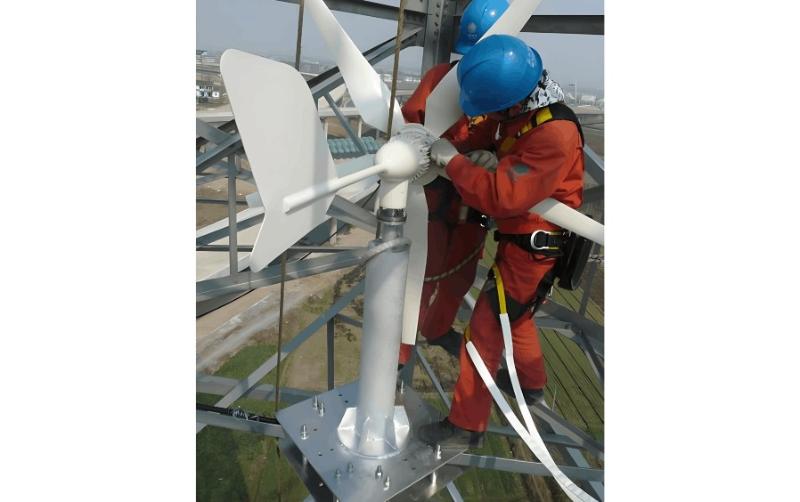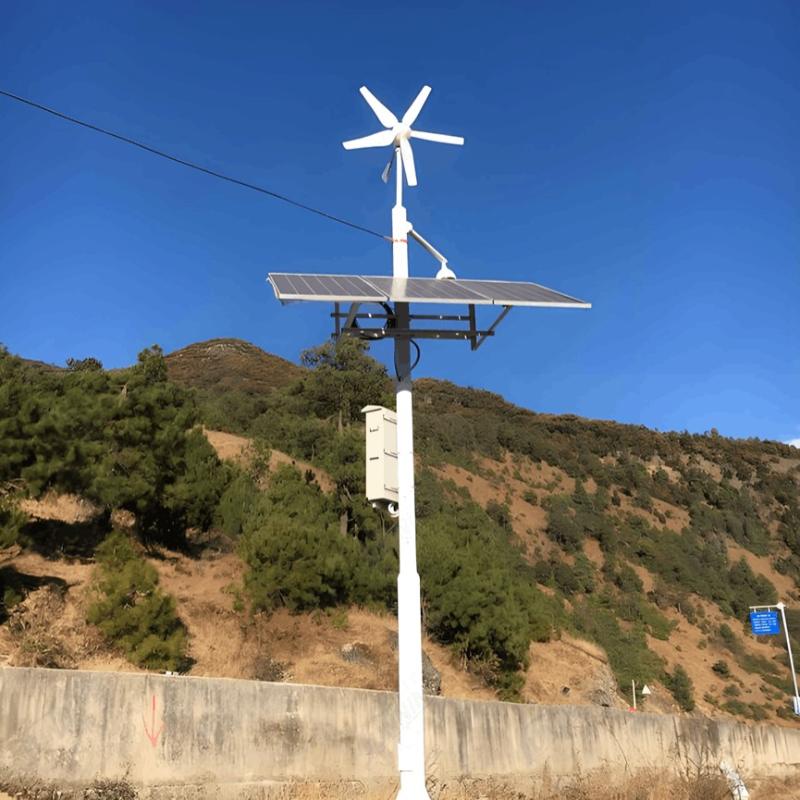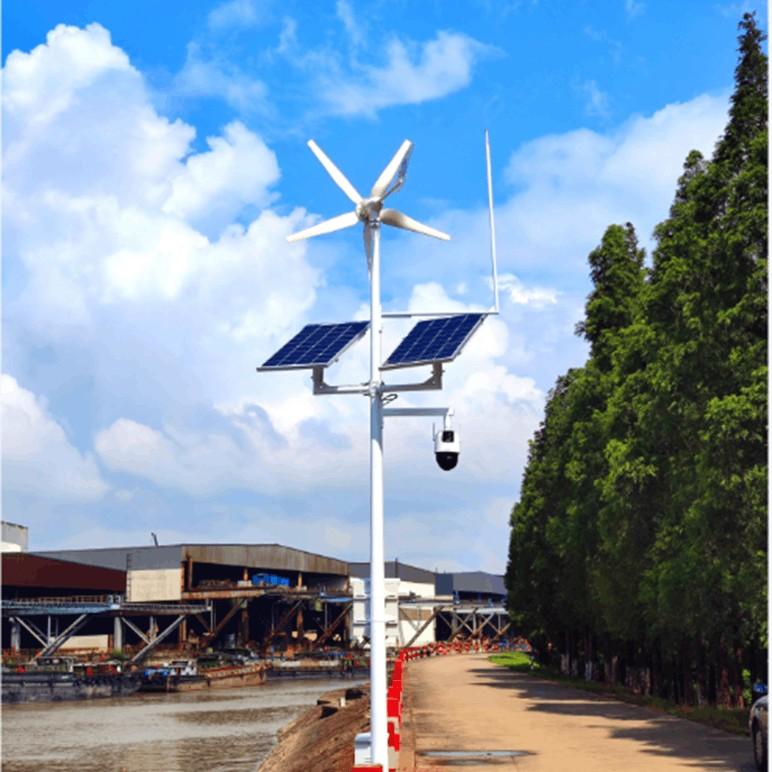- Product
- Suppliers
- Manufacturers
- Solutions
- Free tools
- Knowledges
- Experts
- Communities
Search
-
Безплатни инструменти
-
IEE Business предлага безплатни инструменти с изкуствен интелект за проектиране в електротехниката и бюджетиране на закупуването на енергия: въведете параметрите си кликнете изчисли и получавайте моментални резултати за трансформатори кабелна мрежа двигатели разходи по електроустановки и други — доверие на инженери по цял свят
-
-
Подкрепа
-
IEE-Business поддържа водещи решения бизнеси и експерти създавайки платформа където иновацията се среща с ценносттаИзключителни технически знанияСподеляне на технически знания и печалба от спонсориИзключителни бизнес решенияПрисъединяване и създаване на бизнес решения за печалба от спонсориИзключителни индивидуални експертиПокажи своите таланти на спонсорите спечели си бъдещето
-
-
общност
-
Създайте професионалната си общностНамерете и свържете се с колеги от индустрията, потенциални партньори и вземащи решения лица, за да развивате бизнеса си.Разширете личната си мрежаСвържете се с колеги от индустрията, потенциални партньори и вземащи решения, за да ускорите растежа си.Откриване на още организацииИзследвайте целеви компании, партньори и лидери в индустрията, за да отключите нови бизнес възможности.Join Diverse CommunitiesВключете се в тематични дискусии, отраслови обмен и споделяне на ресурси, за да увеличите своя ефект.
-
-
Сътрудничество
Партньор
-
-
Присъединете се към програмата IEE Business PartnerОсъществяване на растеж на бизнеса от технически инструменти до глобално разширяване на бизнеса
-
-
-
български
-
- English
- Afrikaans
- العربية
- Azərbaycan dili
- български
- বাংলা
- Català
- Cebuano
- čeština
- Dansk
- Deutsch
- Ελληνικά
- Esperanto
- Español
- Eesti keel
- Euskara
- دری
- فارسی
- suomi
- Filipino
- français
- Gaeilge
- Galego
- Hausa
- עברית
- हिन्दी
- Hrvatski
- magyar nyelv
- հայերեն
- Bahasa Indonesia
- Íslenska
- Italiano
- 日本語
- ქართული
- Қазақ тілі
- ಕನ್ನಡ
- 한국어
- Kurdî
- Latina
- Latviešu valoda
- македонски јазик
- Bahasa Melayu
- Malti
- नेपाली
- Nederlands
- Norsk
- ਪੰਜਾਬੀ
- polski
- پښتو
- Português
- Русский язык
- සිංහල
- Slovenščina
- српски језик
- Svenska
- Kiswahili
- தமிழ்
- తెలుగు
- ไทย
- Tagalog
- Türkçe
- українська мова
- اردو
- Oʻzbek tili
- Tiếng Việt
-
Изключителни технически знания
Изключителни индивидуални експерти
-
български
-
- English
- Afrikaans
- العربية
- Azərbaycan dili
- български
- বাংলা
- Català
- Cebuano
- čeština
- Dansk
- Deutsch
- Ελληνικά
- Esperanto
- Español
- Eesti keel
- Euskara
- دری
- فارسی
- suomi
- Filipino
- français
- Gaeilge
- Galego
- Hausa
- עברית
- हिन्दी
- Hrvatski
- magyar nyelv
- հայերեն
- Bahasa Indonesia
- Íslenska
- Italiano
- 日本語
- ქართული
- Қазақ тілі
- ಕನ್ನಡ
- 한국어
- Kurdî
- Latina
- Latviešu valoda
- македонски јазик
- Bahasa Melayu
- Malti
- नेपाली
- Nederlands
- Norsk
- ਪੰਜਾਬੀ
- polski
- پښتو
- Português
- Русский язык
- සිංහල
- Slovenščina
- српски језик
- Svenska
- Kiswahili
- தமிழ்
- తెలుగు
- ไทย
- Tagalog
- Türkçe
- українська мова
- اردو
- Oʻzbek tili
- Tiếng Việt
-
Безплатни електрически калкулатори
Изключителни технически знания
Изключителни индивидуални експерти























